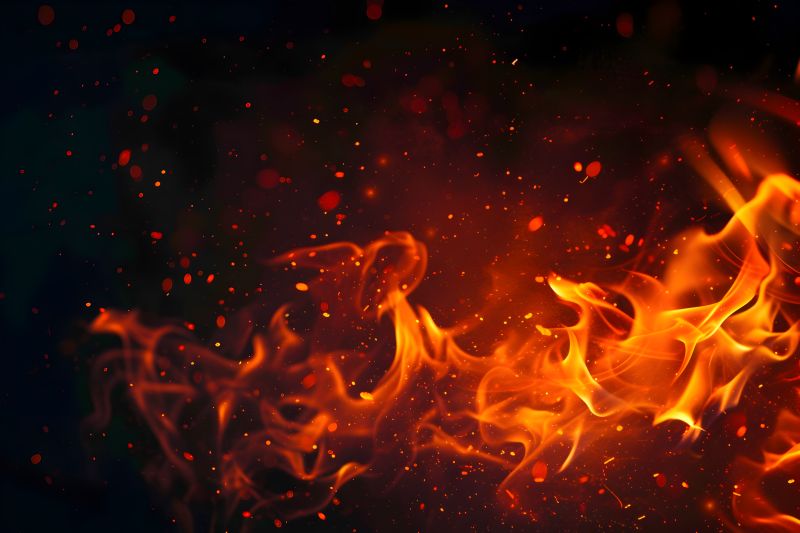-
Partager cette page
Revisiting the thermal alteration of buried bone

Un article de G. Gallo, V. Aldeias, M. Stahlschmidt
The impacts of heat exposure directly on bone material are widely acknowledged, yet a comprehensive understanding regarding the degree of thermal alteration experienced by bone buried beneath a combustion feature or fire event remains poorly described. Such potential incidental burning below a surface fire presents challenges for distinguishing between the intentional remains of fire use behaviors from haphazard heat exposure. In this study, we address the extent to which buried bone material can undergo alteration under concentrated high-heat conditions, achieved through using a fire simulator operating at 950 °C for a duration of 6 h simulating a high temperature hearth fire. Here we describe the degree of carbonization and calcination in bone samples buried at three depths (−2, −6, and −10 cm) in gravel and a mixed gravel and fine sand substrate. We find that, at the sustained temperature of 950 °C, plus heating and cooling time, calcination of bone material can occur at shallow depths of −2 cm under the fire simulator, whereas at −6 cm only one sample of each experimental condition is recognized to be fully structurally and chemically calcined. Despite only two samples calcining at this depth, several other bones buried at −6 cm displayed pale and light coloration, experiencing the elimination of organics without undergoing true calcination, likely due to the prolonged exposure to heat removing the organic component. At −10 cm depth, bone material centered under the heat source became carbonized, while buried bones positioned at the periphery of the heat source are recognized only be partially thermally altered. Notably, neither gravel nor a mixture of gravel and sand substrates create a detectable reduction environment in the spectroscopic analyses of the buried bones. Our findings highlight that not only can post-depositional heating significantly impact buried faunal material, but that in this way humans can act as post-depositional agents.






